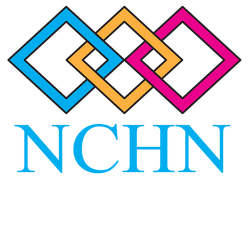Stages of Network Development
|
Sample Memorandum of Understanding (pdf) The Hospital Cooperative - ID, 2016
|
|
Includes basic principles to follow in the establishing of a non-profit organization, including steps on how to create your network; organizational structure; articles of incorporation; development of by-laws; and basic board governance strategies. We will also share some strategies and tips to assist you in the daily management of your health network organization to keep it functioning smoothly. Webinar presentation by Heman A. Marshall, III. Mr. Marshall is among the most respected attorneys focusing on the ever-changing field of health-care law. (November 2014)
|
Successful networking is a complicated, dynamic process. Once consensus is reached on compelling provider and community needs, network leaders face several equally difficult challenges. Expected benefits must be made explicit, and the active participation of key organizations and individuals must be nurtured. Key participants ultimately determine the viability of the network; they must be integrally involved in the design, modification, and implementation of network objectives. - Greg Bonk, Principles of Rural Health Network Development and Management, 2000
